Why Cars Have Those Odd Little Black Dots Around the Edge of the Windshield — Many Americans Don’t Even Suspect
What do they actually do? Are they just decorative, or is there real engineering behind them?
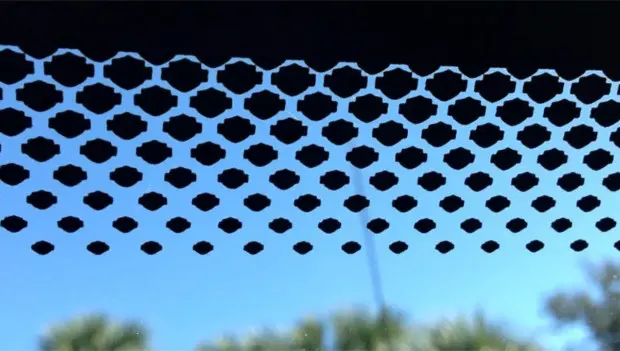
Even people who don’t own a car have probably noticed the cluster of tiny black dots along the border of a windshield. They’re applied with an unusually durable black coating — but what’s their purpose? Do they serve any practical function, or are they just for looks? As it turns out, those dots not only have a job to do, but also a name: frits.
Back in the 1970s, automakers began bonding windshields with various adhesives and sealants. Both options had drawbacks. Over time, some adhesives became too rigid, which led to deformation or stress cracks when temperatures changed. Many sealants, on the other hand, couldn’t handle high heat; in summer, they softened and lost their properties, even if the glass wasn’t in direct sunlight. Old adhesive formulas also tended to erode, eventually allowing rainwater to seep through.

By the late 1980s, the industry had settled on a better solution: polyurethane sealant. It held the glass firmly, offered better resistance to the elements, and had fewer long-term issues. But it still had one major weakness—direct sunlight. UV exposure breaks polyurethane down. That’s why the “mysterious” dots were introduced.
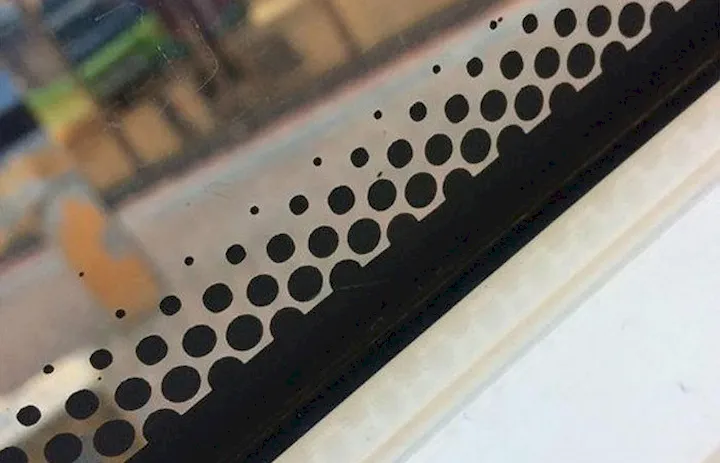
These frits are made using a special ceramic-based paint applied while the glass is hot. After curing, the coating becomes highly resistant to sunlight, moisture, heat, and even moderate physical wear. The frit band shields the polyurethane from ultraviolet light on the inside of the windshield, helping the adhesive retain its strength for years.
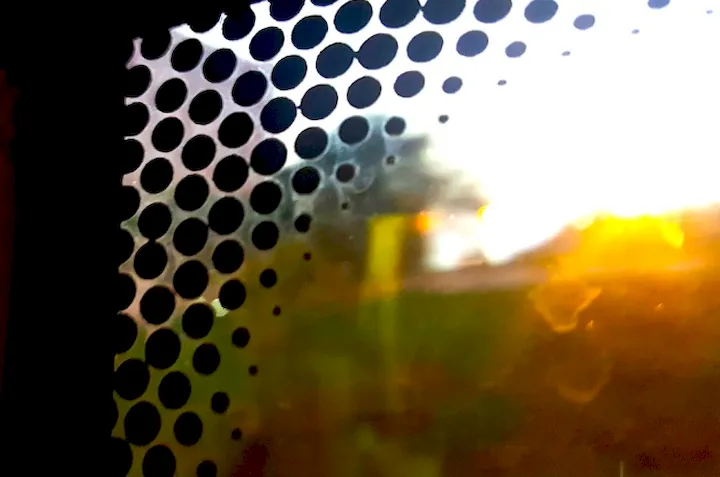
But their purpose doesn’t stop there. Under the dotted gradient sits a solid black band. This band also protects the sealant from UV exposure — and it conveniently hides a common manufacturing flaw. When windshields are installed, they’re pressed firmly into place, causing the sealant to squeeze out unevenly. Once hardened, those blobs aren’t pretty to look at, so the black perimeter masks them from view.
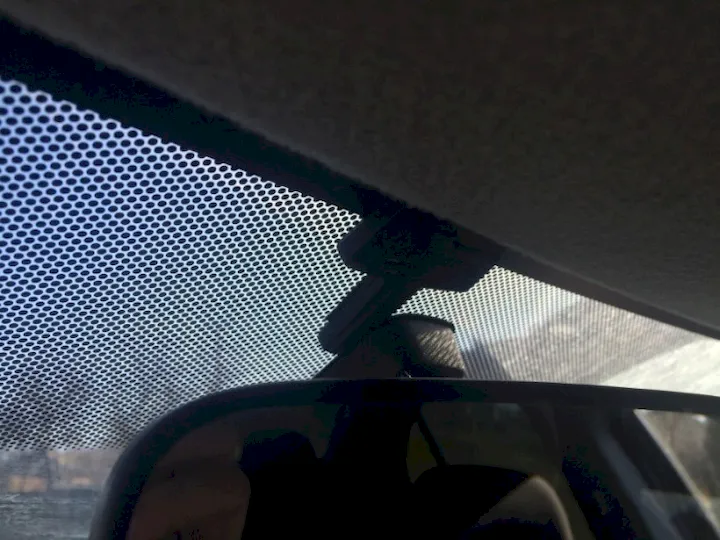
However, the sharp contrast between that black band and clear glass would be visually jarring if left as-is. The frit dots soften the transition, creating a more gradual fade from black to transparent. In other words, the dots serve a dual role: they help preserve the structural integrity of the windshield and improve the overall appearance of the car.
A bit of history: how the frit band became standard
The shift to bonded windshields happened gradually through the 1950s and 1960s, and that’s when frit bands became a standard part of automotive glass production.

In the U.S., companies like Libbey-Owens-Ford (LOF) and Pittsburgh Plate Glass, later known as PPG Industries, played a major role in advancing the manufacturing processes behind automotive glazing. These companies were among the largest producers of glass and specialty coatings in the country, and they’re often credited with early industrial applications of frit-related technologies.
Patent records from that era contain countless filings related to frit coatings, their chemical makeup, and application methods — including specialized variations like silver frit used for embedded antennas. But there’s no single inventor or groundbreaking patent tied specifically to the idea of the frit band itself.
Instead, the frit band emerged as a natural result of evolving glass engineering — a collective advancement shaped by changes in windshield design and bonding methods, rather than the work of one individual or lab.
You may also be interested in the news:

The “Golden Submarine” – A Car from the Distant Past That Was Ahead of Its Time
Built more than a century ago, this car still looks remarkably modern today.
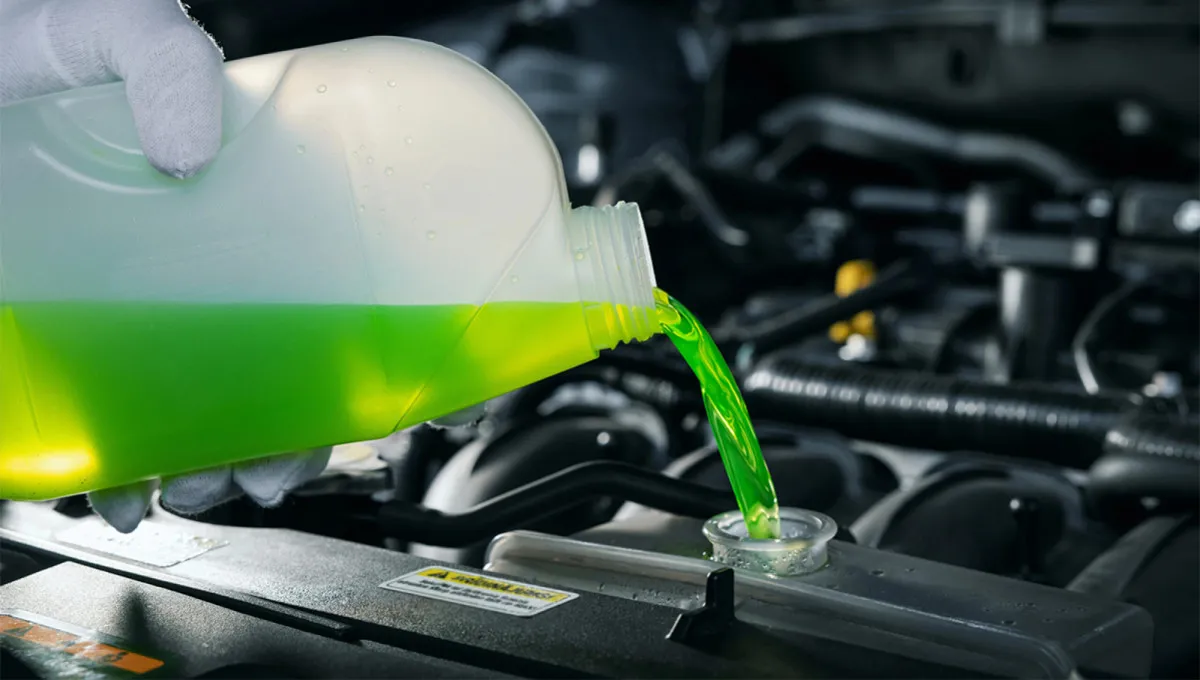
Many Americans Don’t Know or Ignore This: How Often You Should Really Change Your Car’s Coolant
Ignoring this simple maintenance step can leave your car unable to start in freezing weather, risk overheating in the heat, or even cause engine damage.
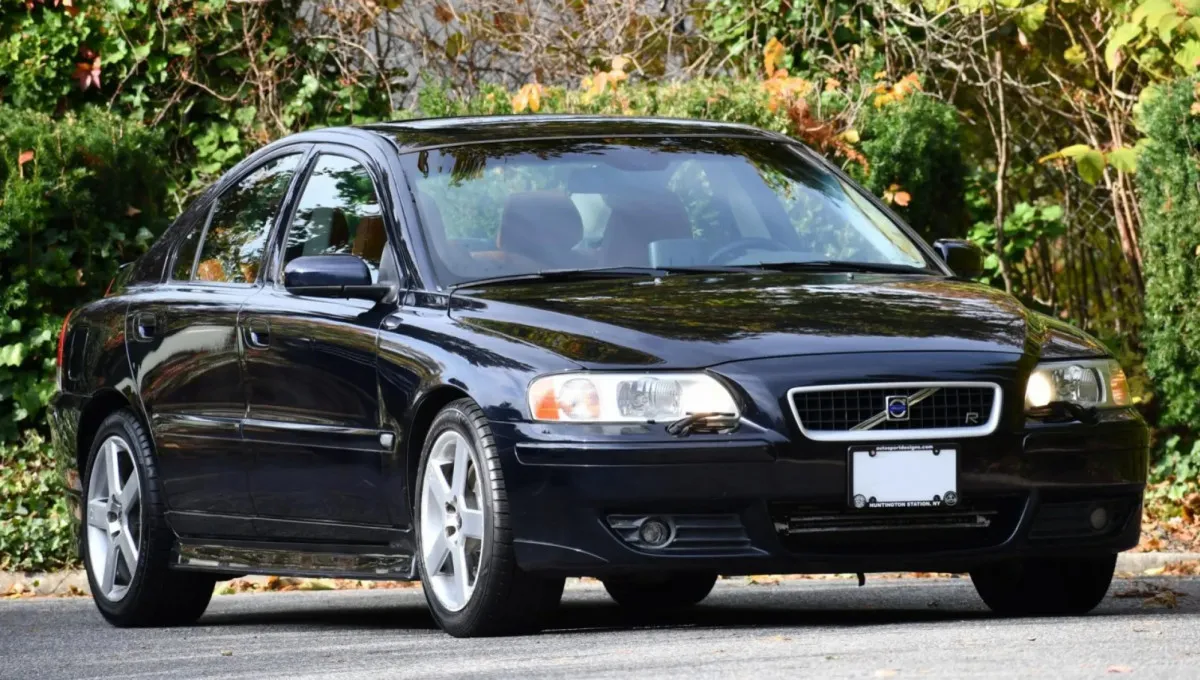
Four Cars Whose Bodies Can Go 15–20 Years Without Rusting
The engine may give up, the suspension might wear out — but the body will stay solid.

Three Hidden Automatic-Transmission Buttons Even Veteran Drivers Don’t Know About — and Why They Matter
Plenty of drivers who use an automatic transmission every day are convinced they know it inside out.
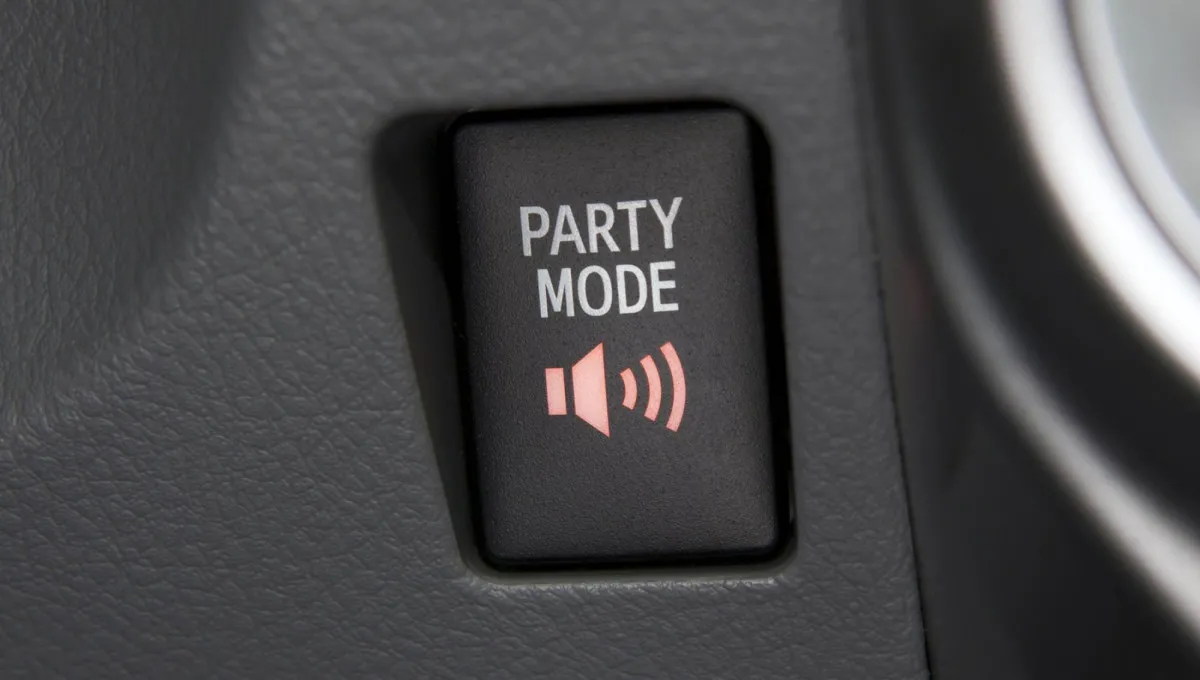
Five Mystery Buttons in Cars — Most Americans Have No Idea What They Do
Different brands feature unusual and unexpected buttons.